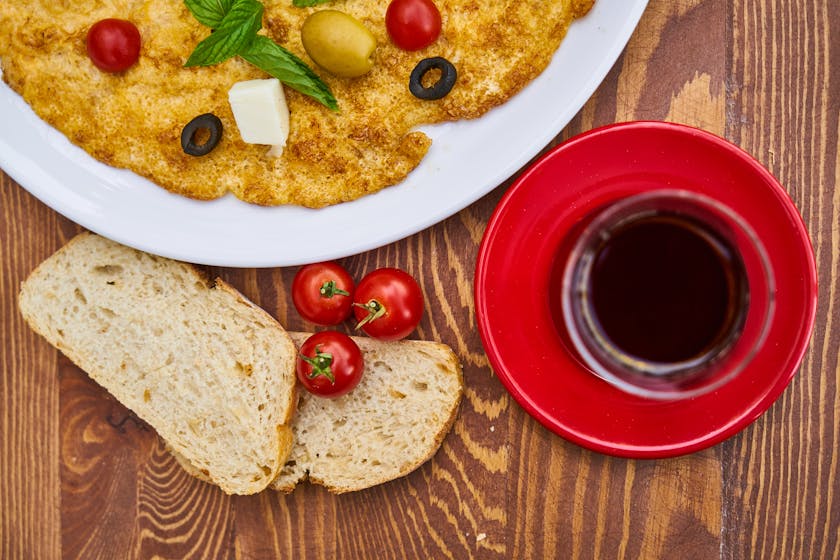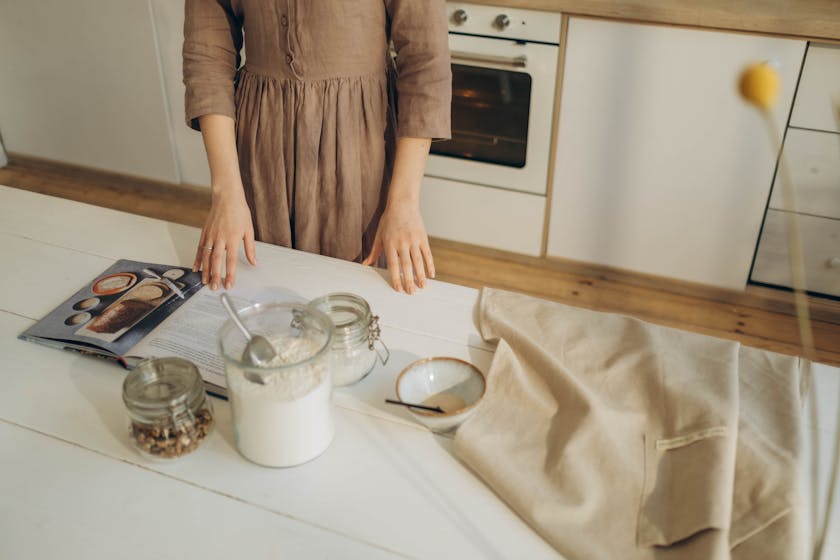If you or a loved one has diabetes, you understand the critical importance of maintaining a balanced, health-focused diet. Once-a-month cooking can be a game-changer in managing diabetes effectively, but it requires careful menu planning to ensure nutritional needs are met. In this how-to guide, we’ll explore the key steps to plan a month’s worth of diabetic-friendly meals.
Understanding Diabetic Dietary Needs
Before diving into once-a-month cooking, it’s essential to understand the dietary needs specific to diabetes. Carbohydrate management, fiber intake, and low-glycemic foods are the cornerstones of a diabetic diet. Your menu should include a variety of vegetables, lean proteins, whole grains, and healthy fats, while limiting processed sugars and refined carbs.
Step 1: Consult with a Healthcare Professional
Always start by consulting your doctor or a dietitian. They can provide guidance on the number of carbohydrates and calories you should consume daily, which is vital information for your menu planning.
Step 2: Create a Balanced Meal Framework
Each meal should have a consistent structure to simplify the planning process. For instance, half of the plate can be non-starchy vegetables, a quarter with lean protein, and the remaining quarter with whole grains or starchy vegetables.
Step 3: Choose Diabetes-Friendly Recipes
Select recipes that fit within the dietary guidelines recommended for diabetics. Look for dishes that can be easily frozen and reheated, as once-a-month cooking involves preparing meals ahead of time.
Step 4: Compile a Grocery List
After selecting your recipes, create a comprehensive shopping list organized by grocery store sections. This will streamline the shopping experience and help you avoid unhealthy impulse purchases.
Step 5: Portion and Nutritional Labeling
When you cook your meals, be sure to portion them according to your dietary plan. Label each meal with its nutritional content, focusing on carbs and sugars, to make daily meal selections stress-free.
Step 6: Safe Storage and Freezing
Proper storage is crucial to maintain the quality and safety of your meals. Use airtight containers and follow best practices for freezing food to prevent freezer burn and preserve nutrients.
Step 7: Thawing and Reheating
Develop a system for thawing and reheating your meals to ensure they are as delicious as the day you made them. Always reheat to the proper temperature to ensure food safety.
With these steps in mind, you can embark on a once-a-month cooking routine that supports diabetes management. Not only will you save time and reduce stress, but you’ll also enjoy the peace of mind that comes with knowing your meals are tailored to your health needs.
Remember, once-a-month cooking for diabetics doesn’t have to be a solitary task. Involve family members or friends who can help make the process more enjoyable and less daunting. With a little planning and preparation, you can transform your approach to diabetes management through smart menu planning and once-a-month cooking.


